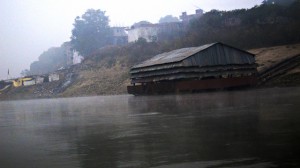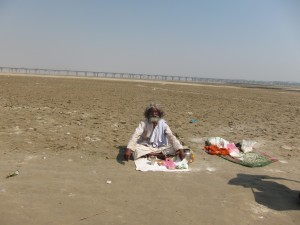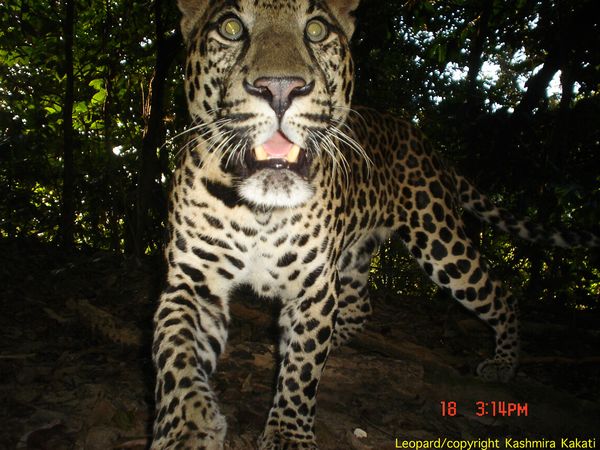This post first appeared at National Geographic, and references “Feral Cats and Social Indicators”, my latest piece at The New York Times’ Latitude blog
The photo you see above is of an adorable stray cat that’s living like a squatter at Bangladesh’s biggest children’s hospital.
The kitty could be called adorable, if a little standoffish. It’s also something of a scourge: Cats shouldn’t be allowed to roam the open halls and wards of a hospital, certainly not one treating vulnerable newborns.
My most recent piece for the New York Times’ Latitude blog looks at a terrible attack that one such stray made on a six-day-old infant, and how such incidents deflect attention from the strong gains Bangladesh is making in terms of health and development. Continue reading “Bangladesh: Feral Cats and Social Indicators”





 In my latest piece on the National Geographic website, members of a tiny Indian hill tribe insist their distinct language is no different from that of their neighbors — and the bigger tribe agrees. In reality, the tongues are as different as English and Hindi.
In my latest piece on the National Geographic website, members of a tiny Indian hill tribe insist their distinct language is no different from that of their neighbors — and the bigger tribe agrees. In reality, the tongues are as different as English and Hindi. The forests of Bangladesh are dwindling by the day, creating a furry refugee crisis among forest-dwelling animals who are forced into towns and villages in search of food.
The forests of Bangladesh are dwindling by the day, creating a furry refugee crisis among forest-dwelling animals who are forced into towns and villages in search of food.


